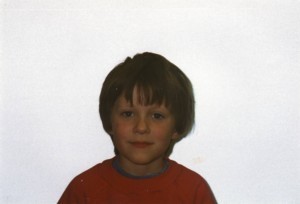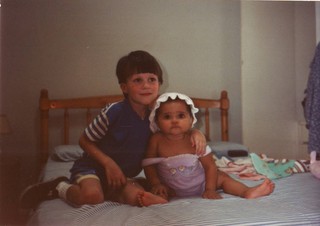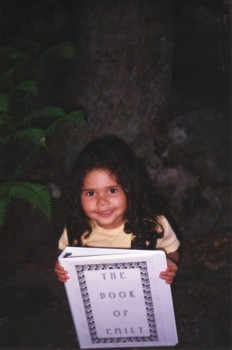Adopting Your Child: Options, Answers, and Actions

Adopting a multiracial child from another country is complicated and life-changing for everyone involved, beginning with the birth family. It’s a major undertaking and, in my view, only parents able and willing to make a lifetime commitment to the child’s birth culture--as well as to the child--should attempt it. While I knew early in the process that I wanted to write about adoption, I realized that my personal experience wouldn’t be very helpful to others. Our adopted child is from Brazil, where I lived as a child. My family has deep, longstanding ties with the country and many Brazilian friends who helped us negotiate the adoption.
If it takes a village to raise a child, it takes two to adopt one successfully. We were blessed with two loving communities in Brazil and the United States.

All adoptions are founded on loss: in even the best, most ethically arranged adoption birthparents, children and adoptive parents have lost the experience of being biological parents raising their biological children. But while it is often difficult, this is also part of our human condition. Millions of people, past and present, have been adopted. At least 1 in 50 Americans today is adopted.
Children have been stolen or sold from one group or country to families in another group or country. Adoption has been a weapon of war, a political tool, a means of religious conversion, a source of income and more. Adoption has also saved lives and given countless children an opportunity to grow up in a loving family.

My first goal was to write the book I wish I’d had to consult when as a prospective adoptive parent I began to research adoption. My second goal was to address head on the serious issues all adoptions raise. My third goal was to include prospective adoptive individuals and families whose needs and unique concerns were rarely addressed in most materials then written for prospective adopters. I included single parents, gays and lesbians, members of racial and ethnic minorities. And I included stepparents and extended family adopters, partly to make the point that some issues are common to all forms of adoption. I provided resources for managing an often difficult, drawn-out process over which prospective parents have little or no control. Finally, I wanted to keep front and center the perspectives and feelings of birthparents and adoptees throughout my discussion.
Since I wrote Adopting Your Child, much has changed, but the big adoption issues remain the same. The institution of adoption still raises hard questions—about the value we place on the welfare of children, how we use child-welfare resources, social and economic inequities within and among different countries, the need for and right of every child to have the protection of a loving family. Most of all, is the loss of family, culture, and community ever an acceptable price to in return for an affluent, stable upbringing? If so, where should we draw that line?
In Mixed Heritage in Young Adult Literature, I critique the presentation of transracial adoptees, domestic and international, in contemporary YA fiction. Too often these portraits are out-of-date. Worse, some still deal in biased stereotypes: depicting birthparents as neglectful degenerates and adoptive parents as selfless angels. And the worst trend of all—omitting adopted characters from fiction altogether unless adoption itself is the primary subject matter—continues. Change is coming, though. Some good YA fiction featuring adopted characters has been published since 2003, but more variety, as with any group underrepresented in fiction, is needed. Where are the adopted parents, grandparents, boyfriends and girlfriends? Why do so many authors present adoptees as living in total isolation from any other adopted kids? We’ll know the final stage of overcoming bias is when we see as much diversity in adoptees as in any other group—when characters good or bad, likable or unpleasant, happen to be adopted. When the character is all about adoption, we’re still in stereotypical, cardboard-cutout land.